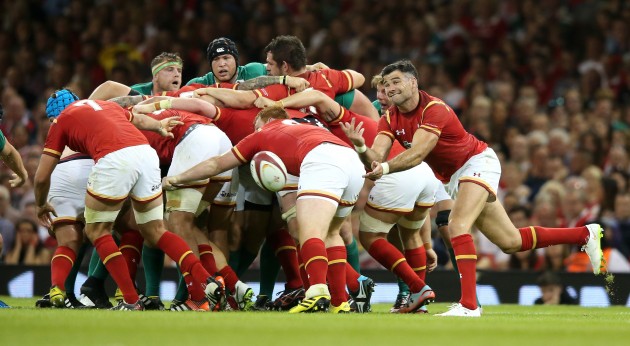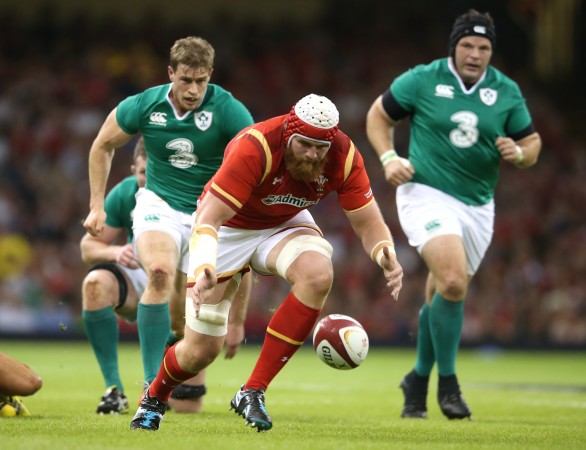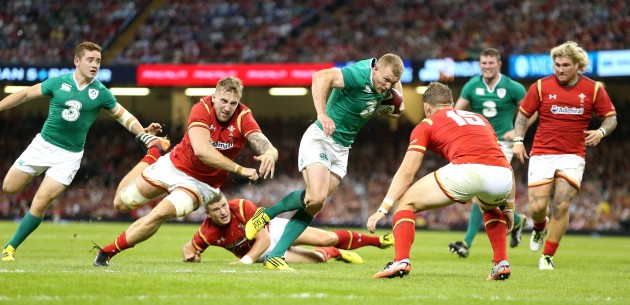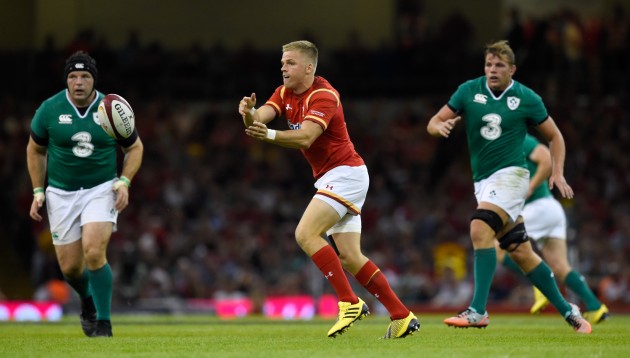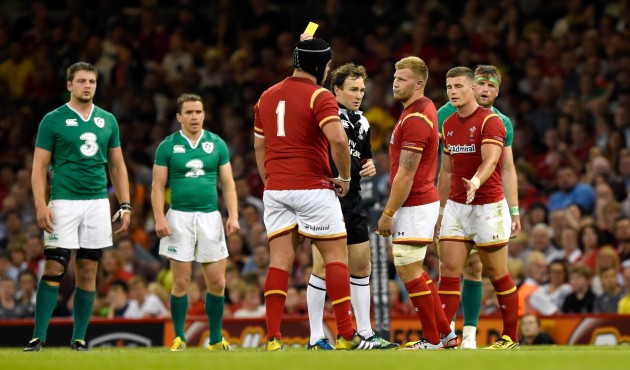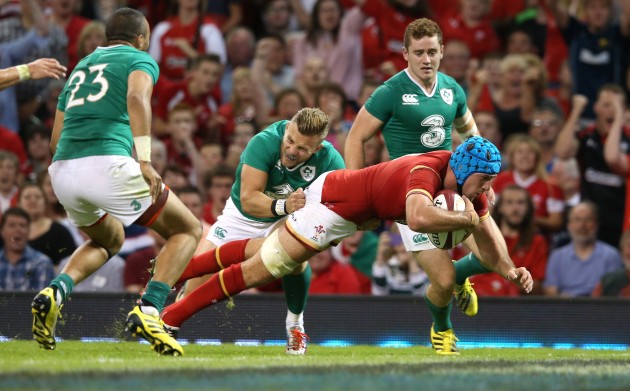Wales succumbed to a far slicker Ireland side at a packed Millennium Stadium, so what have we learnt from a chastening day under the roof?
The awkward reality of ‘Warm up’ matches
Wales lost to Ireland by 35 points to 21 in what was a very difficult game to watch from a Welsh perspective. But that is the reality of warm up matches. They are the equivalent of picking a team from the ‘school wall’. 23 players who have never played together as a team and will probably never play together again. As a result Wales struggled hugely with the basic elements of the game. Both the scrum and lineout were massively unstable and meant that key ball carriers and playmakers struggled from first phase possession. Slow ball from first phase meant that Wales simply couldn’t get over the gain line and were forced into hurried passes in the midfield – which were regularly spilled.
The inability to cross the gainline and endless dropped passes exposed Wales at the breakdown which resulted in ruck possession that was slower than my laptop – and that takes some doing. This isn’t to say that Wales didn’t excel anywhere on the field, they did. Richard Hibbard’s try from a wonderfully simple lineout move showed that Wales have noted that many modern test teams still assume that a five metre lineout will result in a catch and drive. Justin Tipuric’s try in the 70th minute was genuinely sublime and Hallam Amos showed that he can provide adequate cover at wing and fullback. Saturday’s game will have no bearing on the Rugby World Cup and shouldn’t be dwelled on.
How did Ireland manage to perform?
Wales struggled hugely on Saturday, yet Ireland did not. And once again Joe Schmidt showed why he is the best coach in the Northern Hemisphere. Whilst both coaches were obviously reluctant to risk too many first choice players in the first warm up game of the campaign, Schmidt chose to select his in the forwards, not the backs. Picking first choice players at the front and back of the scrum had a huge impact on the result. Mike Ross and Jamie Heaslip gave Ireland a spine, albeit a small spine, around which to build a set piece.
Mike Ross caused massive problems for the Welsh front row and created a solidity of possession that provided Paddy Jackson such an armchair ride that he looked like he was shooting a new ad for DFS. Jamie Heaslip’s experience at the base of the scrum and particularly in the lineout was hugely influential – he was Ireland’s top ball carrying forward and joint top lineout jumper. Playing two senior players in the forwards, not the backs, was a small, but clever move from Schmidt. But why would you expect anything less from a man who has now taken Ireland to second in the world?
Understandably, it became a game for individuals not the team
‘Warm up’ games are one of the rare instances where the entire ethos of rugby is turned on its head for 80 minutes. A sport which embodies the ‘team’, and the result, above all else, understandably becomes highjacked by the need of the ‘individual’ to succeed. That’s exactly what happened on Saturday. The result didn’t and doesn’t matter, what mattered for the players was making sure they’re able to duck Warren Gatland’s scythe when it comes ‘a swinging in mid-week.
This entirely natural desire to put themselves in the shop window meant that some of the basics were left back at the warehouse. Heavy, simple five metre carries were regularly replaced with the desire to offload and play a miracle pass, and simple passes were often eschewed for flashy miss two’s and threes. The ‘warm up’ game is a rare breakdown of what makes rugby truly great, and the results of not playing as a genuine team were clear to see in the Millennium Stadium
The curious ‘Swinging arm’
Ross Moriarty spent ten minutes in the bin against Ireland for what was deemed a swinging arm. The swinging arm is an unusual beast, because unlike most other offences it actually looks worse when it misses its target. Unlike a punch, high tackle, late hit etc when a swinging arm actually connects with the chest it looks reasonably innocuous – it’s only when it misses does it look a tad Mike Tyson circa 1987.
The reality is that ten percent of tackles probably involve a swinging arm. It’s one of the principle mechanisms for dislodging the ball from a carrier’s arms – particularly if the ball is wrapped in two arms. Of course, the decision was obviously correct, and a yellow card an apt punishment, but if Moriarty had connected with the carrier’s chest nobody in the Millennium Stadium would have even batted an eye lid.
Justin Tipuric’s skill school
Sam Burgess has recently received a lot of negative press regarding whether he is a back or a forward. However, there is one player who muddies the distinction between forward and back, but in a very positive way, and that is Justin Tipuric. Tipuric’s try in 70th minute was a mesmerising blend of classic two handed carrying, a beautifully weighted no-look pass, perfectly timed support run and a weaving finish that Rupeni Caucaunibuca would have been proud of.
However, praise for his spectacular work out wide needs to be tempered with his core role. Despite a sensational tackle count of 23, Wales struggled hugely on the deck and contributed to a total of 23 turnovers. Come the World Cup, flashy work out wide will only come into play during the last 15 minutes of the game, the first 60 being a UFC style dogfight on the floor. However, the idea of Warburton and Tipuric playing together, against Australia in particular, is hugely appealing.





